In the late nineteenth century and early twentieth century, the Hatfield and McCoy families’ feud drew national attention and prompted authorities to take control of this chaotic situation, which garnered the attention of the U.S. Supreme Court (1888).
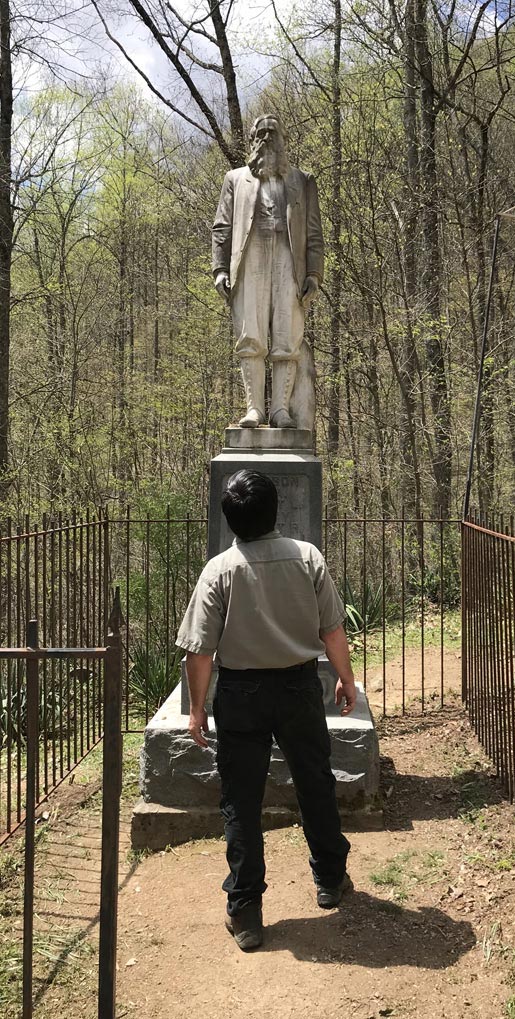
Randolph McCoy, who made his home in Pike County Kentucky (Hardy/Blackberry area), and William Anderson “Devil Anse” Hatfield of Logan County, West Virginia, is portrayed in this legend as being the patriarchs of these rivaling hillbilly clans. Devil Anse is known to have fathered 11 children, while Randolph McCoy has fathered 16. These were thriving families that carved a living out of the harsh wilds of the Appalachian Mountains, in living conditions that many of us can hardly grasp today. The Hatfields and the McCoy families lived on opposite sides of the Tug Fork, a border stream between Pike and Logan counties. Each family had numerous relatives and supporters in the counties in which they lived.
There is no agreement on the origins of the feud. Some say a short-lived love affair between Johnson (“Johnse”) Hatfield and Rose Anna McCoy around 1880 was the catalyst (among many catalysts) for the eruption of this world-renown blood feud. Newspapers turned it into a Romeo and Juliet story. Others say that the Hatfields and McCoys were Confederate soldiers in the American Civil War, with Randolph’s brother being a union traitor, while others say that Randolph lost a hog to Floyd Hatfield in 1878 and that this led to the two clans engaging in endless court hearings and unabated violence. However, despite occasional brawls, many believe the first homicide did not occur until 1882, when Ellison Hatfield was mortally shot in a fight with the McCoy boys, leading to Ellison’s death. This also resulted in gangland-style retaliation; the Hatfields murdered the three McCoy brothers—Tolbert, Phamer, and Randolph “Bud”, McCoy Jr., at the infamous Paw Paw Tree site.
Of course, if you hear others tell the story, you will hear that the first execution of the feud was Randolph’s brother Asa Harmon McCoy, who was allegedly killed by the Logan County Wildcats (Devil Anse’s home-guard gang) for wearing the wrong colors during the conflict. And again, you may hear a story about Squirrel Huntin’ Sam McCoy and Paris McCoy killing Bill Staton due to his involvement in turning on the McCoys during the Hog Trail.
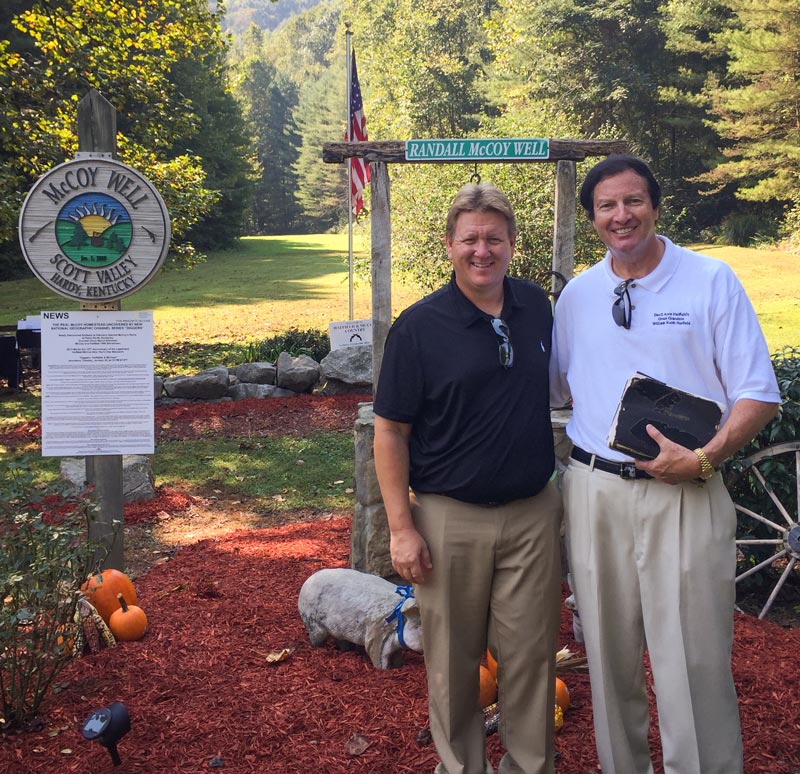
Regardless of which murder was officially the first, this backwoods vendetta grew hotter as tensions continued to flare. Hatfields and McCoys carried out repeated attacks and murders against one another after these events. Jim Vance, a Hatfield relative, led a band of his kinfolk to murder Randolph McCoy, to “cut the head off the snake” so to speak, on New Year’s Day, 1888. This band allegedly murdered one of Randolph’s sons and one of his daughters and left his wife with a permanent brain injury, yet Randolph survived (some say he wasn’t even there). Randolph’s house was also burned to the ground.
In retaliation, a posse of McCoys, along with neighbors, led by Pike county deputy sheriff, crossed into West Virginia and (illegally, some would say) killed Vance and at least three others, engaged in a war with a West Virginia posse, and eventually caught nine Hatfields for trial in Kentucky. Federal courts ruled in favor of Pike County in a case of kidnapping and lawlessness (in Plyant Mahon v. Abner Justice, jailer of Pike County, Ky). In addition to front-page news coverage and reporters inflating their stories to create some sensationalized yellow journalism, newspapers all over the country depicted the feud as one of the most severe examples of lawlessness and violence. The trials ended with the death sentence of Cotton Top Mounts (Ellison Hatfield’s illegitimate son who took the blame for killing Alifair McCoy, the daughter of Randolph during the New Year’s Day massacre), and eight sentences of prison time.
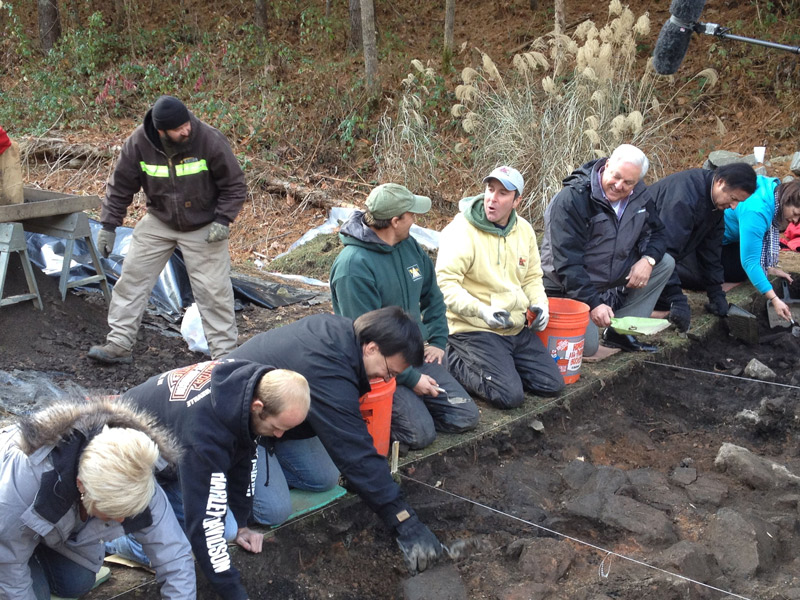
So the above is perhaps the most publicized version of the events that one may find in the media, but is it true? What parts of the story are inflated or made up? What parts are genuinely true? It is not for me to say, as I am not a historian. But having worked with many descendants over the years, I must say that the pain left over by this feud is still very much real to many of them. Many descendants still carry the grief felt by their ancestors, brought on by this seemingly senseless battle. Some descendants are proud of the history, due to its popularity and novel narrative. What about the evidence left over from the excavation that was done back in 2015, where bullets and pieces of burnt wood from the cabin were found, and are now on display in our museum? The perspectives we have received from so many over the years have been as varied as any great legend could weave, but we here at Pike County Tourism CVB invite everyone to take the Hatfield McCoy Historic Driving Tour for themselves, to explore these sites and determine for themselves what the history is saying. It’s also good to purchase books from recognized historians who are knowledgeable about the history and compare. This is the wonder of history, and we should always support historic sites like the Hatfield McCoy Feud Sites, which tell us of our past and help us become better people for the future.

Need a brochure? We can mail you one!

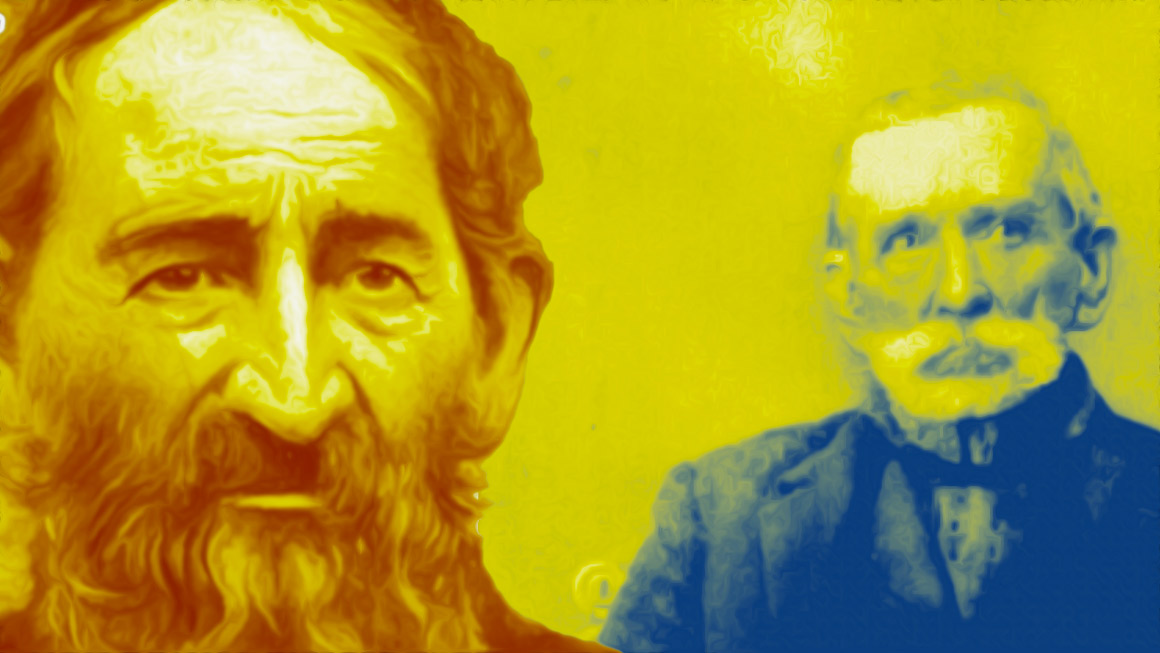
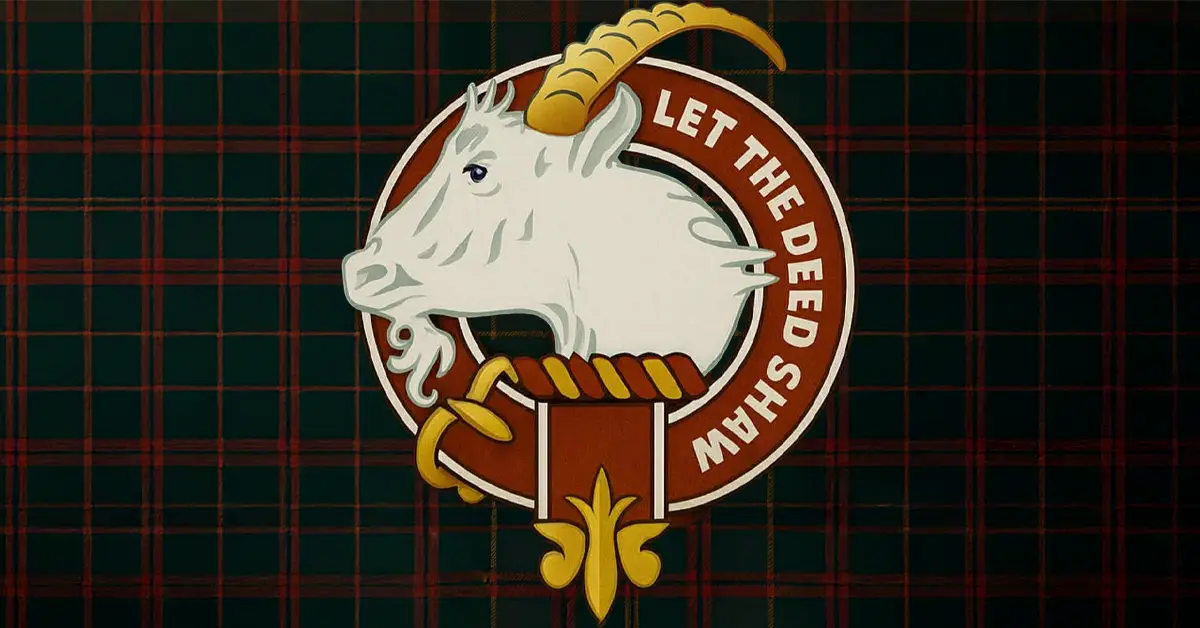
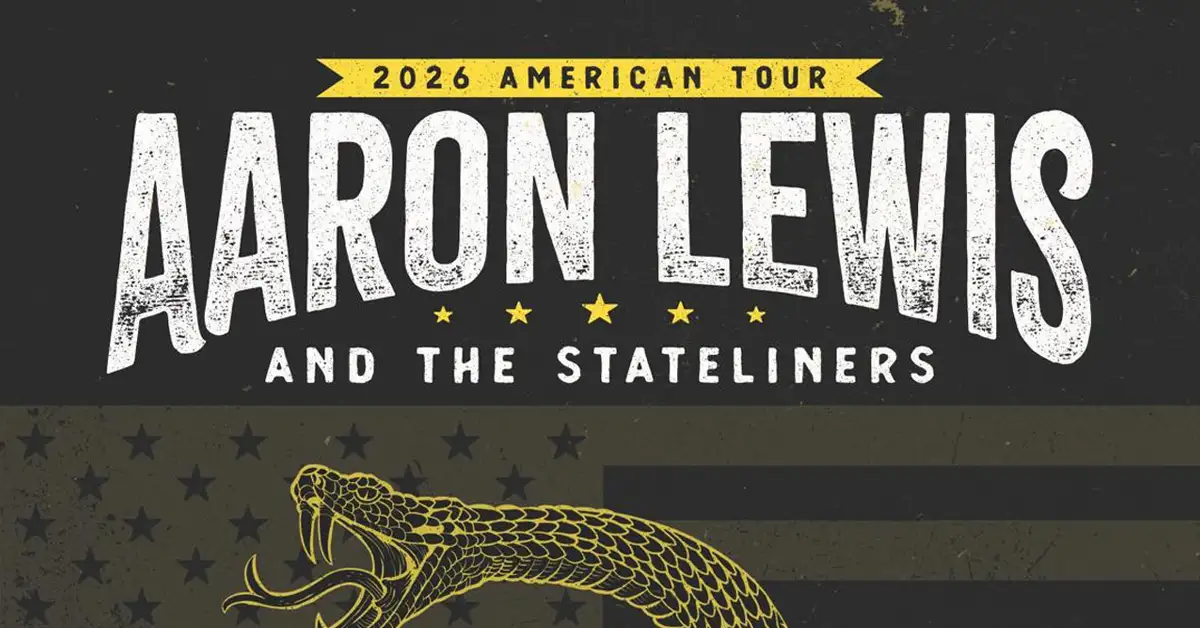




Comments are closed